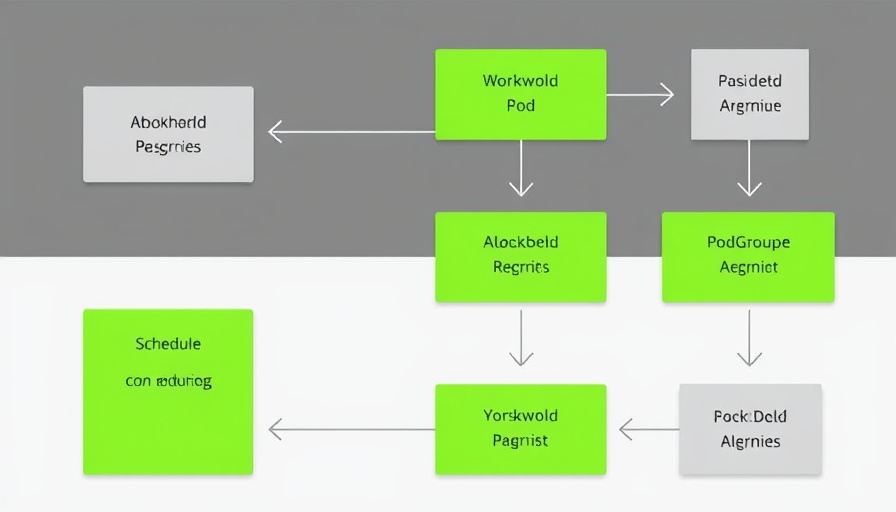
Nvidia's Recent Struggles: Tariffs and Market Dynamics
Nvidia's shares took a significant hit recently, dropping by over 8% as the impact of President Trump's proposed 25% tariffs on Canadian and Mexican imports sent shivers through Wall Street. This stock dip fell into bear market territory, marking a critical moment for the chipmaker known for its leadership in artificial intelligence technology. Despite reporting strong earnings last week, uncertainty looms large, and investors are reassessing the risks associated with the company's stock.
Reasons Behind the Decline
The decline wasn’t triggered by a single event but rather a confluence of market factors. Nvidia's pricing correction began after it posted stronger-than-expected earnings last Wednesday, causing initial excitement among investors. However, a closer inspection of the financial metrics raised concerns, particularly around narrowing gross profit margins, which led to stock selling momentum. As a dominant force in the AI sector, Nvidia's stock performance has become a bellwether for the broader tech market, and its fluctuations underscore the trepidation investors feel regarding the semiconductor industry's future.
The Broader Market Impact
Alongside Nvidia, the tech-heavy Nasdaq index and the S&P 500 were not spared from Monday's downturn. The Nasdaq dropped 2.6%, with Nvidia leading a charge that saw many other technology stocks tumble as well. Notably, companies like Broadcom and Super Micro faced significant losses as investor sentiment dampened across the board. The implications of these tariffs aren't just limited to Nvidia but affect the entire tech landscape, raising the specter of a more challenging market environment for artificial intelligence ventures.
Growth vs. Tariff Risks: Contrast and Context
Since peaking in January, Nvidia's stock has shed nearly 20% of its value, primarily driven by fears regarding the sustainability of growth amid rising operational costs spurred by tariffs. With AI implementation viewed as critical for future growth, the imposing tariff may have lasting effects on production costs and supply chains, further testing Nvidia’s resilience while new competitors rise in the fray, such as China's DeepSeek, which is anticipated to offer cost-effective alternatives.
Future Insights: What Lies Ahead?
The future for Nvidia and other AI stocks appears clouded by uncertainty. If Trump's tariffs proceed as planned, analysts predict potential price increases for AI chips, which could ultimately stifle demand. However, some see this as an opportunity for innovation, suggesting that Nvidia might pivot to develop more cost-efficient technologies or expand collaborations with international partners in markets unhindered by U.S. tariffs. Navigating these waters will demand strategic decisions from Nvidia's leadership in light of evolving global trade dynamics.
Conclusion: Strategic Takeaways for AI Enthusiasts
As investors absorb the recent developments surrounding Nvidia and the broader AI stock market, there lies a crucial lesson in volatility management. The intertwining of political actions and corporate strategy to navigate challenges will be critical moving forward. For those enthusiastic about AI, it's a time to remain informed and adaptable, ready to understand how shifting market dynamics can affect technology's future. Embracing challenges as opportunities for innovation may define the next stage of growth not just for Nvidia but for the artificial intelligence industry as a whole.
 Add Row
Add Row  Add
Add 




 Add Row
Add Row  Add
Add 

Write A Comment